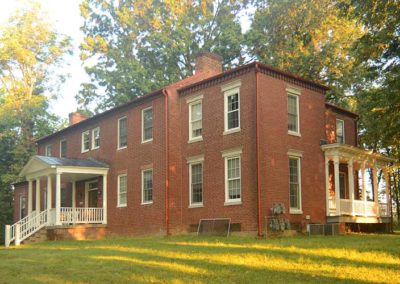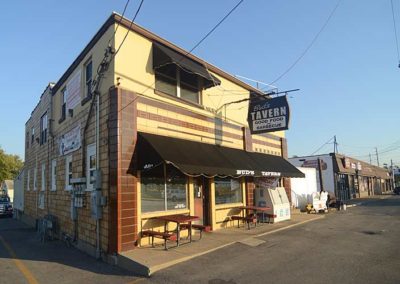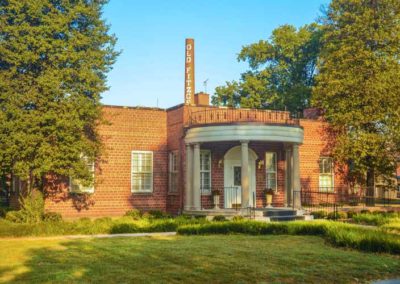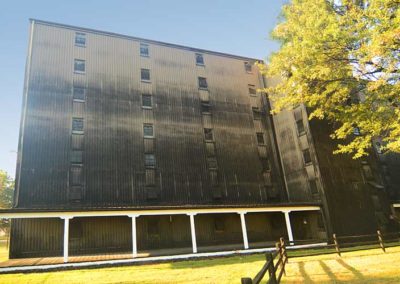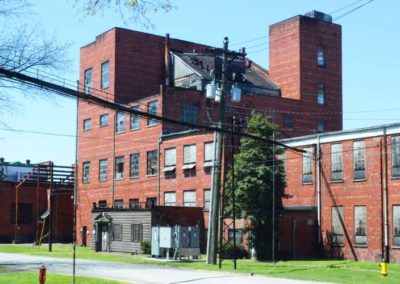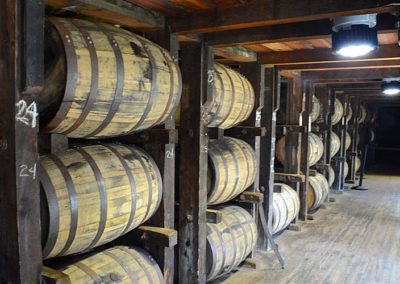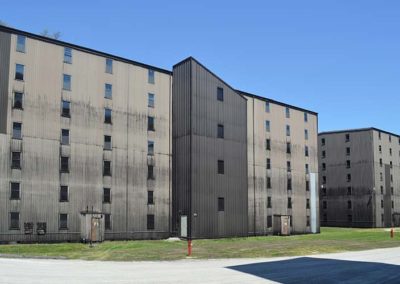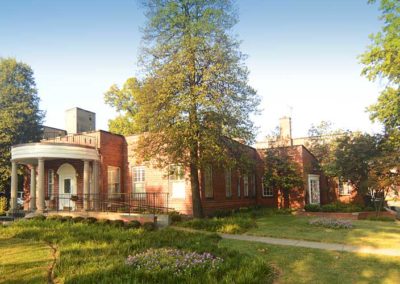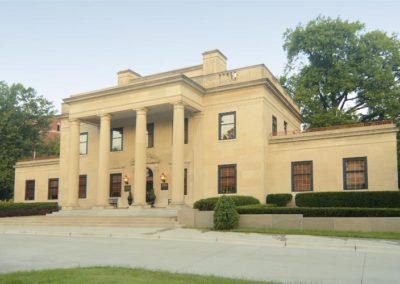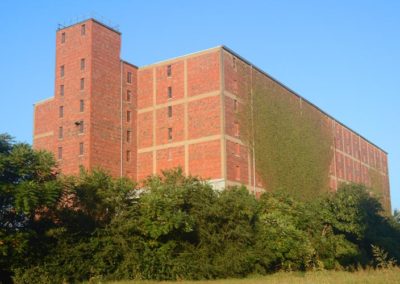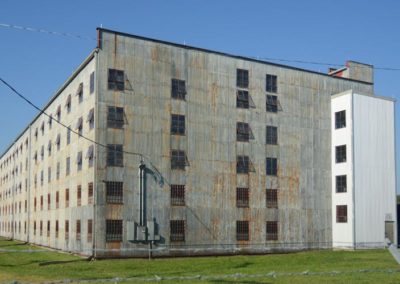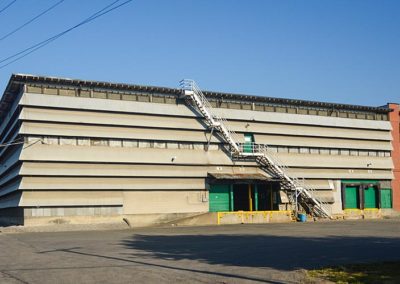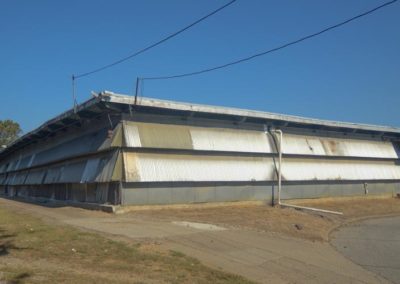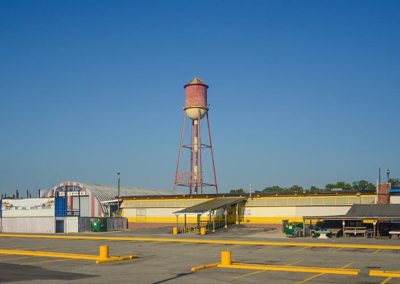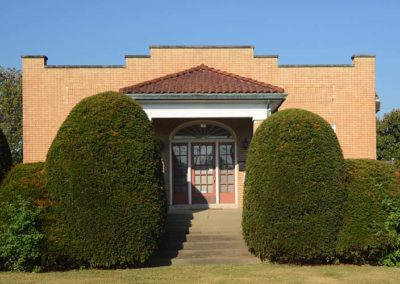Shively
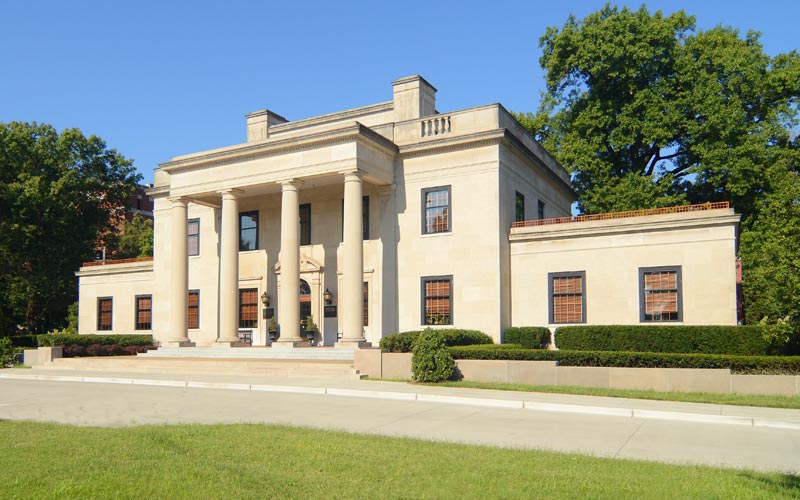
Started with a mill and tavern near Mill Creek on the stagecoach route known as the Louisville and Nashville Turnpike which connected Louisville to the Salt River to the south. The stagecoach stop began in 1831. The Elizabethtown and Paducah Railroad arrived in the 1870s.
Before the Civil War, the area was popular with German immigrants who built St. Helen’s Catholic Church in 1897. The community was originally known as St. Helen’s. The streetcar line was extended to the area in 1904.
Eight whiskey distilleries where in operation in the area after the end of Prohibition. Louisville tried to annex and tax the distilleries during the Great Depression, but Shively, which incorporated as a city in 1938, annexed the district instead. The influx of revenue left the small city well-funded, and it became the state’s fastest growing city during the 1950s as white flight and suburbanization reached Louisville. Several of those distilleries still operate in the area today and the age of modern distillery construction can still be seen.
Tobacco warehousing and sales were a huge industry along Seventh St. before the tobacco companies took control and changed the business. Most of those structures are still standing today and have been repurposed.
Adult-entertainment businesses remain from the World War II era when a large Army base was located along Seventh St. Crime and vice throughout the decades have left the community with the nickname of Lively Shively.
Boundaries are roughly Millers and Bernheim Lanes to the north (Algonquin neighborhood), Seventh St. to the east, I-264 (St. Dennis neighborhood) to the west, and Rockford Ln. (Pleasure Ridge Park) to the south.
